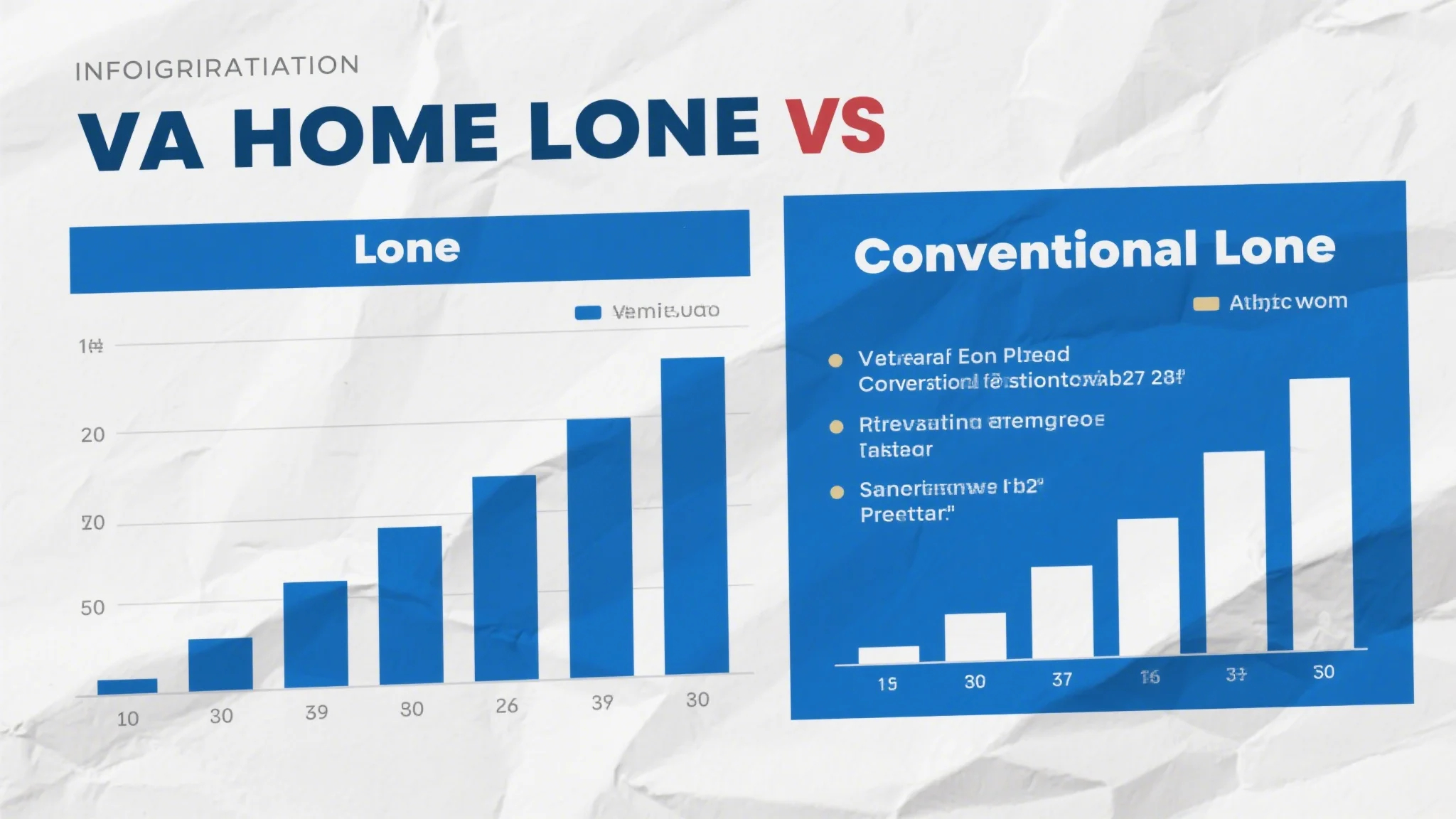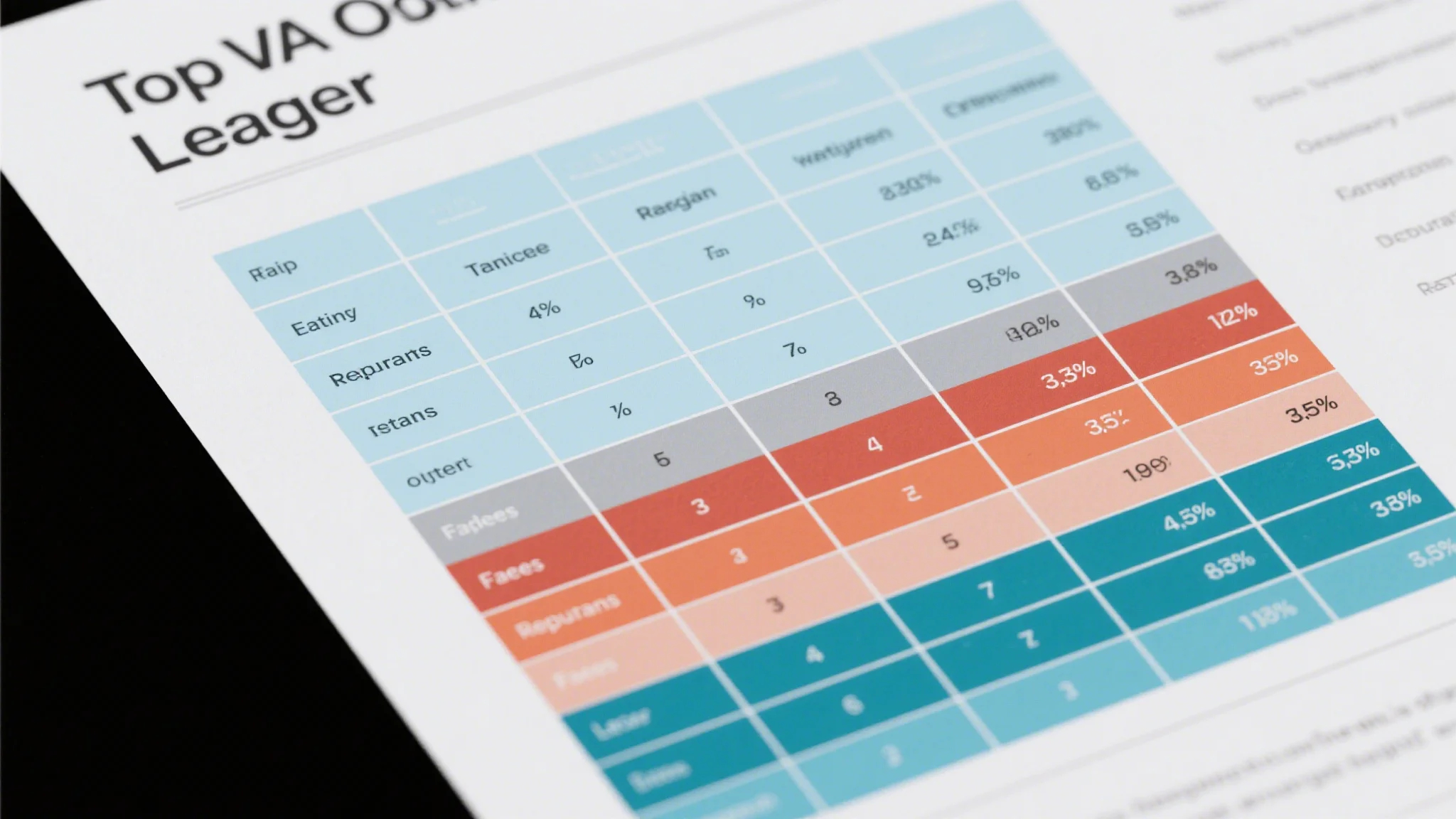The VA loan program is one of the most beneficial financial assistance programs available to military veterans, offering low-interest rates and no down payment in many cases. However, the process can be complex, and even the most qualified applicants can make mistakes that lead to delays or denials. In this article, we’ll explore some of the most common VA loan mistakes and how to avoid them.

1. Not Checking Your Credit Score
Your credit score is one of the most critical factors in determining your eligibility for a VA loan. While VA loans are more lenient compared to conventional loans, lenders still require borrowers to meet minimum credit score requirements. A poor credit score can lead to higher interest rates or even rejection.
How to Avoid This Mistake:
Check your credit score well before applying for a loan. You can obtain a free credit report from each of the three major credit bureaus (Experian, Equifax, and TransUnion) once a year.
Address any negative items on your credit report, such as late payments or collections, as early as possible.
Build a solid credit history by paying all bills on time and keeping credit card balances low.
2. Ignoring Loan Limits
VA loans have specific limits based on the type of property and its location. If the property you’re interested in exceeds the loan limit, you’ll need to make a down payment or seek alternative financing.
How to Avoid This Mistake:
Research the VA loan limits for your area and the type of property you’re considering.
If the property exceeds the limit, consult with a VA-approved lender to explore your options, such as making a down payment or combining the VA loan with a second mortgage.
3. Not Comparing Lenders
The VA loan program allows you to work with any VA-approved lender, but not all lenders offer the same terms. Some may charge higher fees or have stricter underwriting standards.
How to Avoid This Mistake:
Shop around and compare multiple VA-approved lenders to find the best terms and lowest costs.
Ask potential lenders about their experience with VA loans and their approval process.
By addressing these common mistakes early in the process, you can improve your chances of securing a VA loan and avoid unnecessary delays. In the next part, we’ll discuss additional pitfalls to watch out for and how to navigate the VA loan process with confidence.
In the first part of this article, we discussed the importance of checking your credit score, understanding loan limits, and comparing lenders when applying for a VA loan. Now, let’s dive into three more common mistakes and how to avoid them.
4. Not Planning for Closing Costs
While VA loans don’t require a down payment, they do come with closing costs, which can range from 1% to 3% of the loan amount. These costs include title insurance, appraisal fees, and other administrative expenses. Many applicants overlook these costs, leading to financial strain during the closing process.
How to Avoid This Mistake:
Budget for closing costs as part of your homebuying expenses.
Ask the seller to cover some or all of the closing costs through a negotiating process called “closing cost credits.”
Consider using the VA’s Closing Cost Calculator to estimate your expenses.
5. Failing to Communicate with Your Lender
The VA loan process can be lengthy and involves multiple steps, including application submission, credit checks, and underwriting. Poor communication with your lender can cause delays or even lead to a denied loan.
How to Avoid This Mistake:
Maintain regular communication with your VA-approved lender and keep them updated on any changes in your financial situation.
Respond promptly to requests for additional documentation to keep the process moving smoothly.
Ask your lender about the expected timeline for each step of the process and set reminders to follow up.
6. Overlooking the Debt-to-Income (DTI) Ratio
VA loans have specific guidelines regarding your debt-to-income ratio, which is the percentage of your monthly income that goes toward paying debts. A high DTI can make it difficult to qualify for a loan or secure favorable terms.
How to Avoid This Mistake:
Calculate your DTI before applying for a loan. Aim to keep your DTI below 41%.
Pay down high-interest debts, such as credit cards, to improve your financial standing.
Avoid taking on new debts or increasing existing ones before applying for a loan.
By being mindful of these common mistakes and taking proactive steps to address them, you can position yourself for a successful VA loan experience. Remember, the VA loan program is designed to help military veterans achieve homeownership, but it’s essential to approach the process with careful planning and attention to detail. With the right preparation and guidance, you can avoid pitfalls and secure the home you’ve earned.



